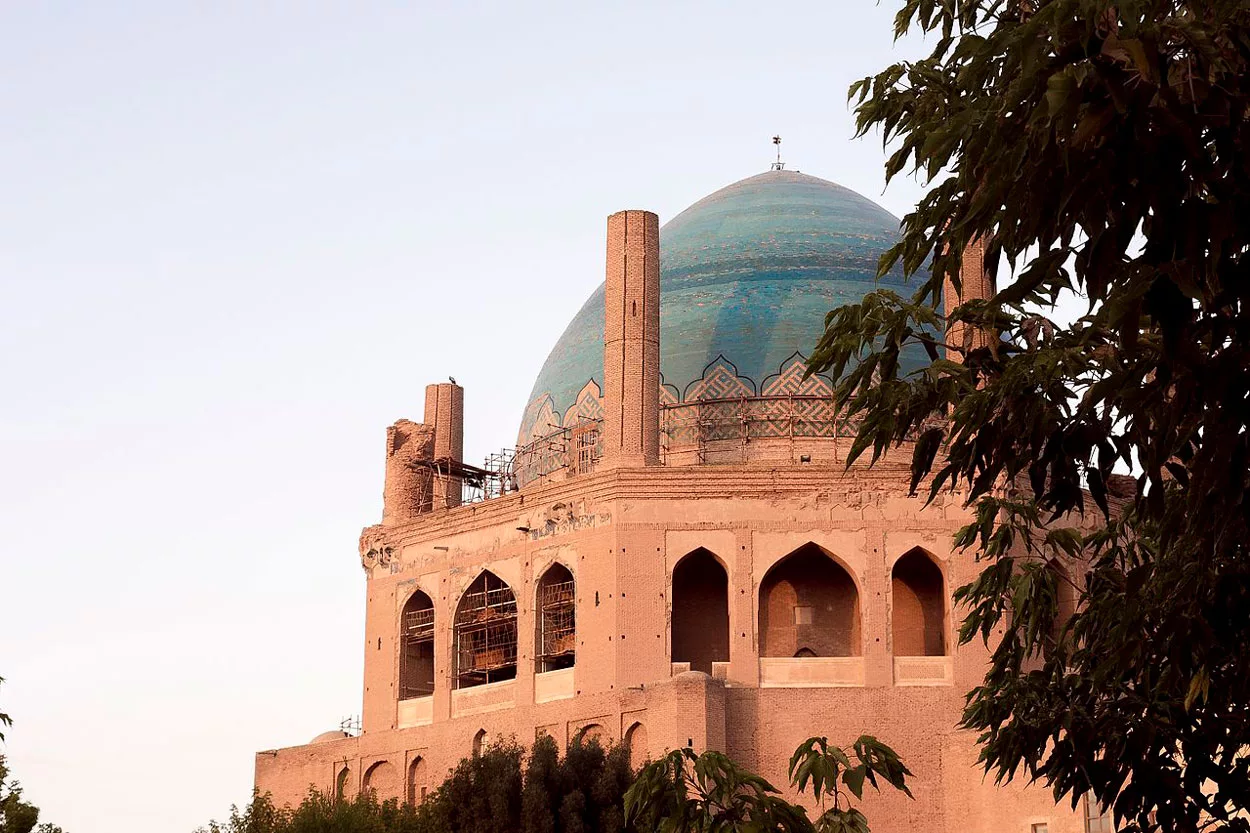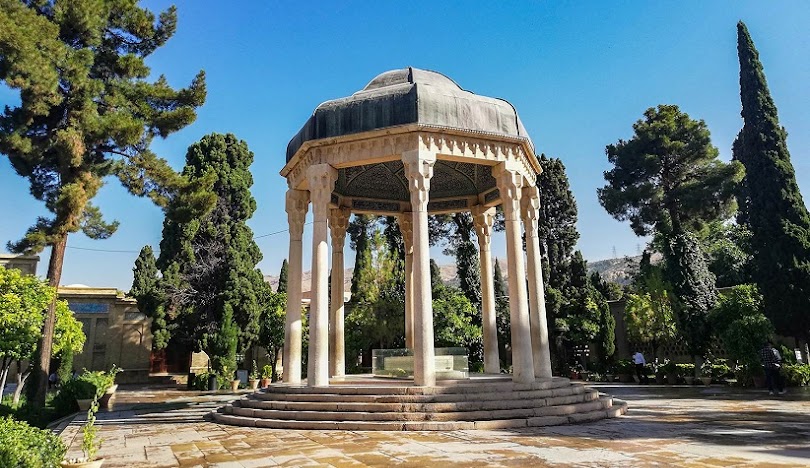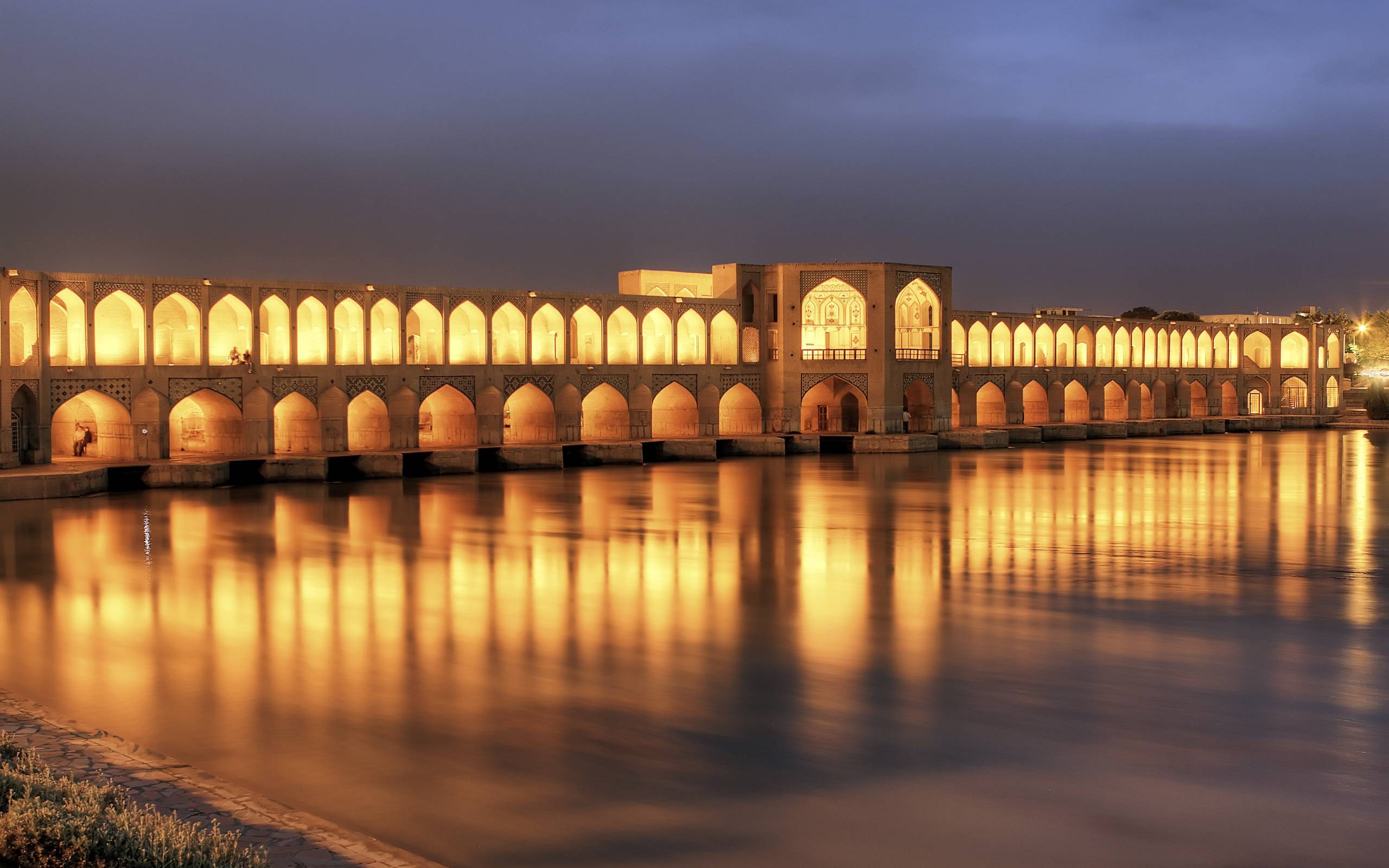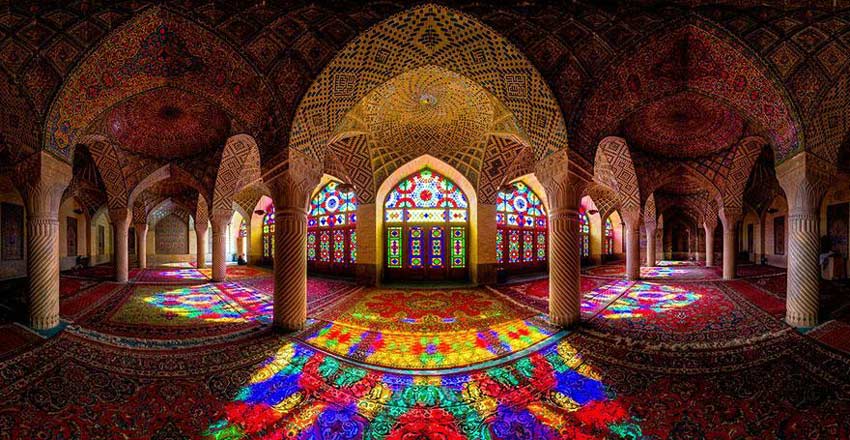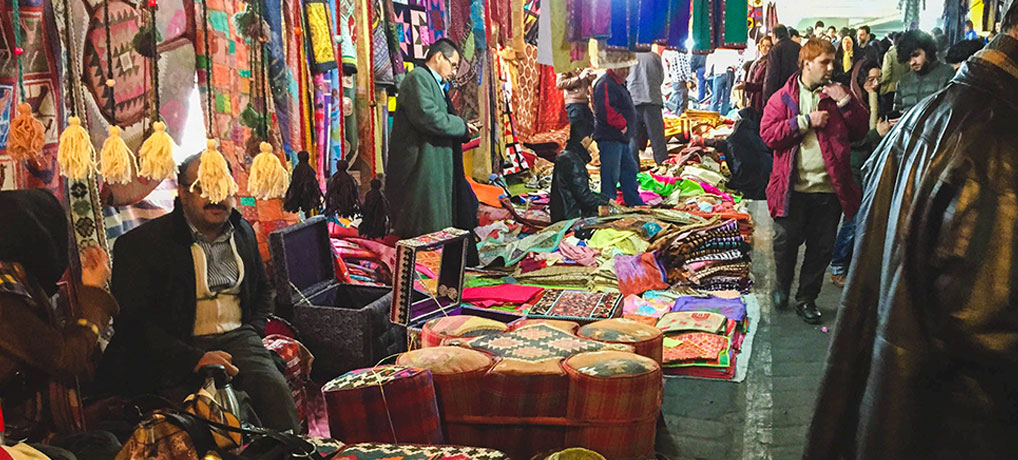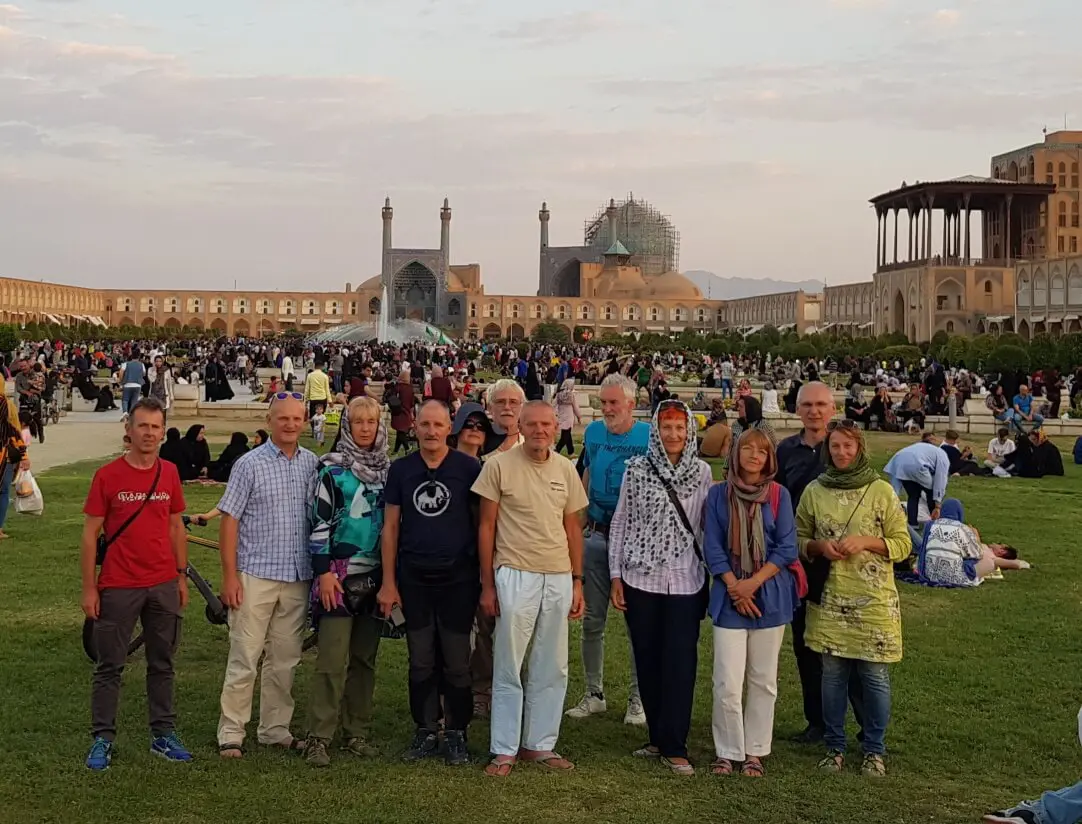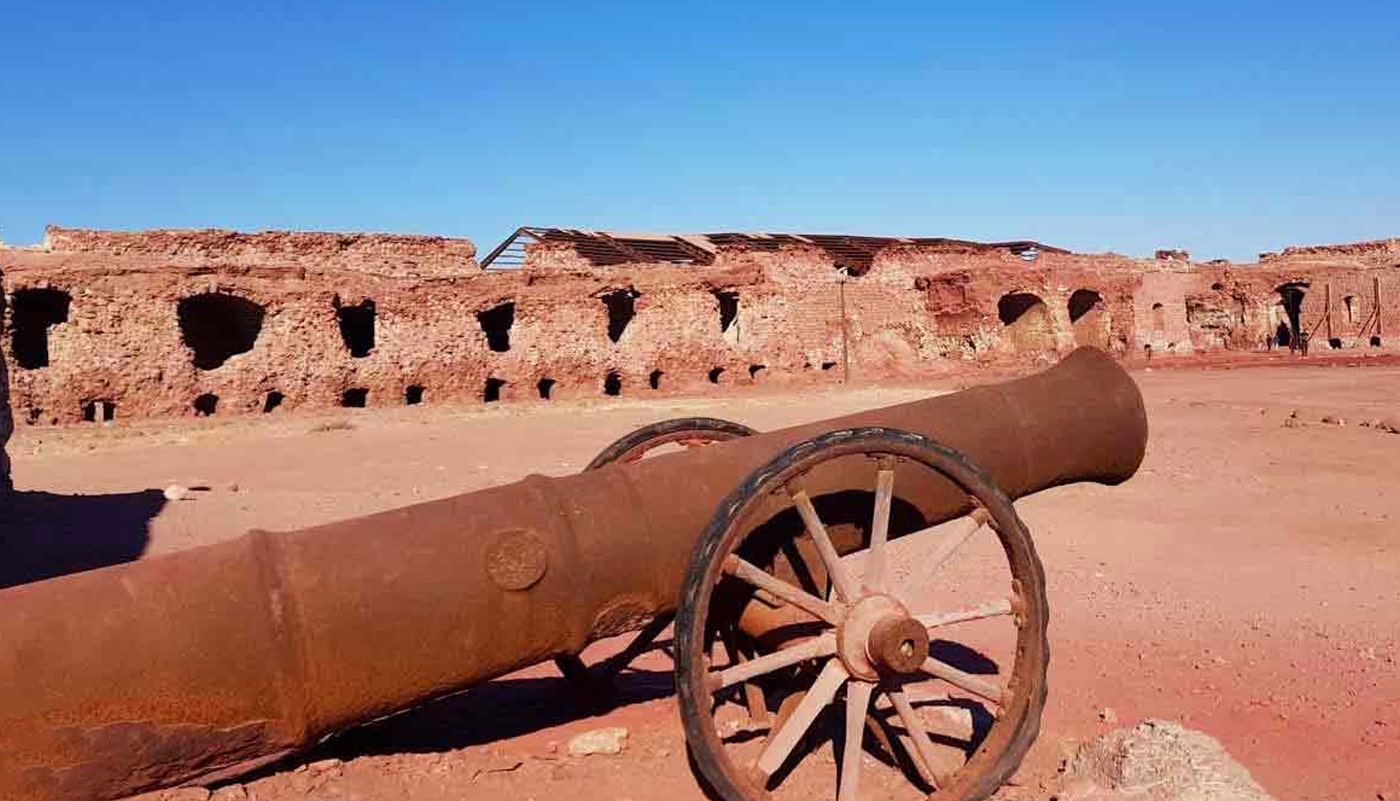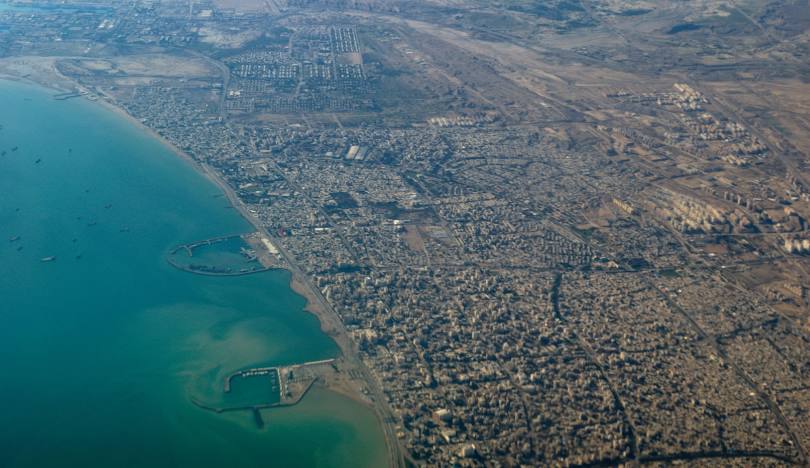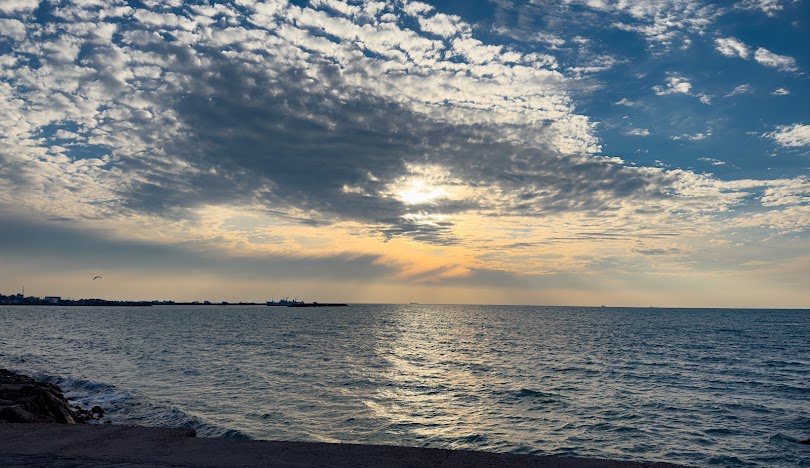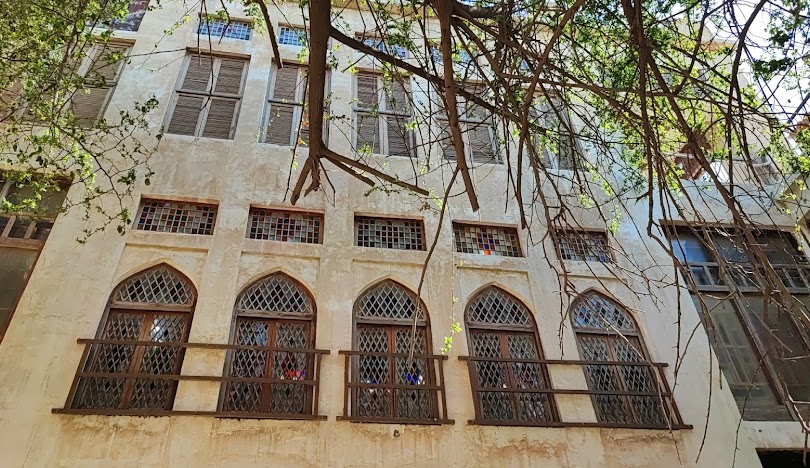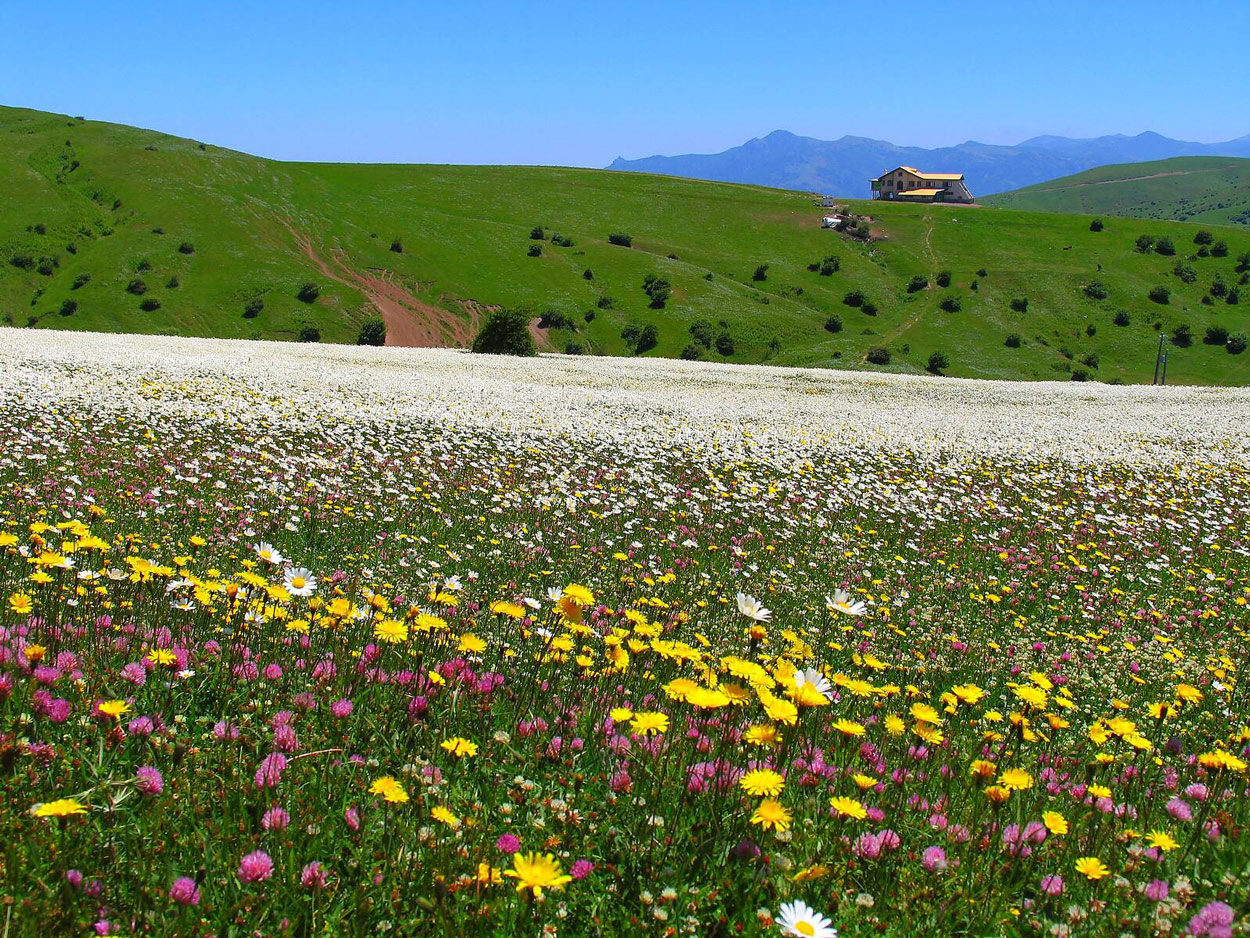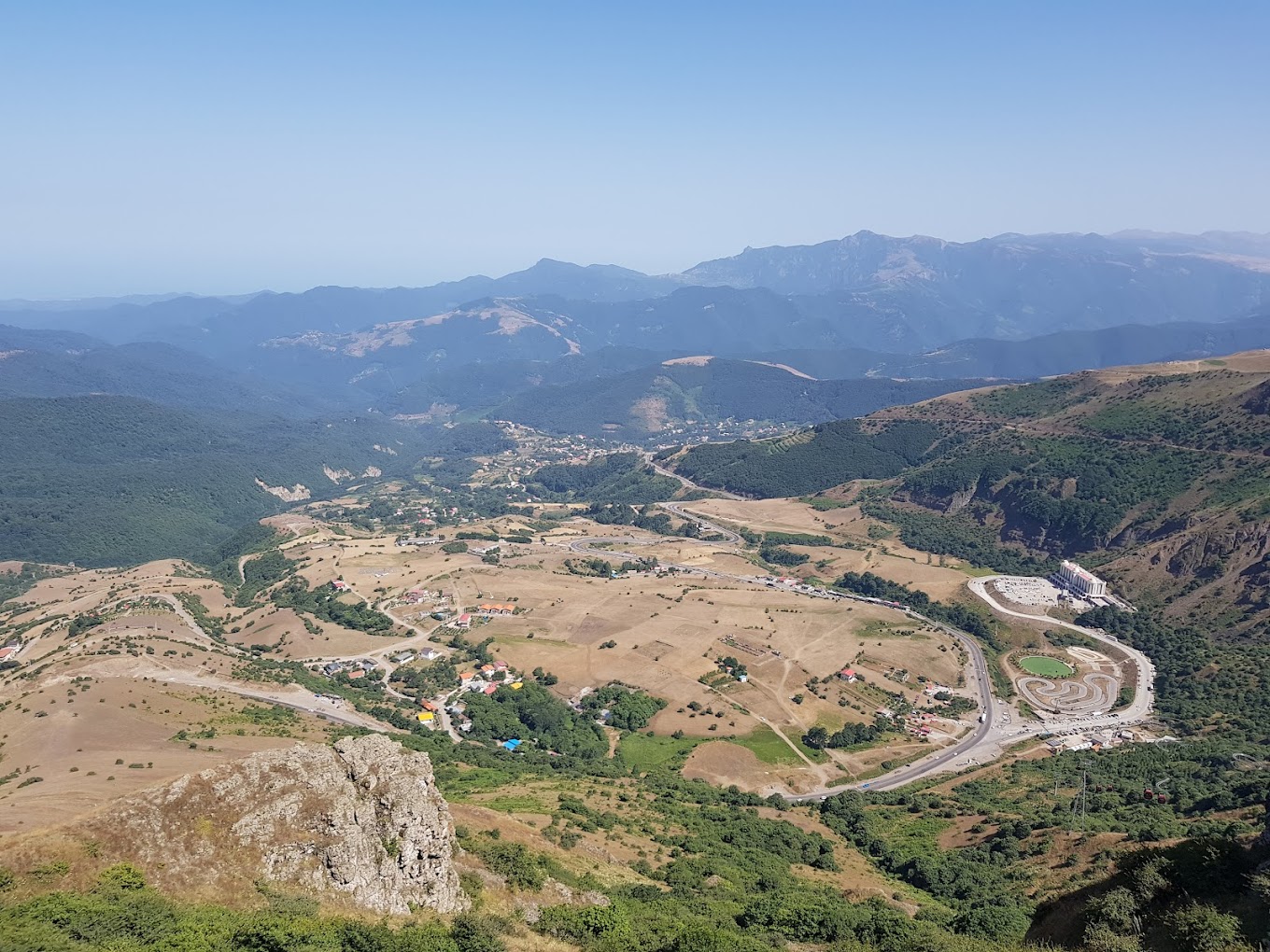Iran’s Copper Industry: A Deep Dive into Copper Mining, Crafting, and Key Copper Cities
Introduction
Iran, with its rich history and diverse culture, is also home to one of the most significant industries in the world – copper. The copper industry in Iran has deep historical roots, contributing to the country’s economy and cultural heritage. From ancient mining practices to modern copper crafting, Iran has established itself as a key player in the global copper market. This article will explore the copper mining industry in Iran, the cities that thrive on copper craftsmanship, and how tourists can immerse themselves in the world of copper in Iran.

History of Copper Industry in Iran
The copper industry in Iran dates back to ancient times, with evidence of copper use in the country dating back over 7,000 years. Archaeological finds show that copper was used by early Iranian civilizations, particularly in areas such as Sistan and Kerman. Iran’s role as one of the leading sources of copper dates back to the Achaemenid Empire (6th to 4th century BC), where the use of copper was widespread in everyday items, tools, and even military weapons.
During the Islamic era, copper continued to be an important material in Iranian life. The country’s advanced copper smelting techniques and the tradition of copper craftsmanship were highly regarded across the region. These methods are still prevalent today, with Iran’s copper mines and handicrafts being a major contributor to its economy.
Copper Mining in Iran
Iran is home to some of the largest and most productive copper mines in the world. The country ranks as one of the top producers of copper, and copper mining plays a vital role in the nation’s economy. Among the most significant copper mines in Iran are the Sarcheshmeh Mine, Minedok Mine, and Sungun Mine. These mines, located in different parts of the country, produce a substantial percentage of the world’s copper.
Sarcheshmeh Mine
Located in Kerman Province, the Sarcheshmeh Mine is the largest copper mine in Iran and the Middle East. It is estimated to have a reserve of over 5 billion tons of copper ore. This mine is not only significant for its size but also for its contribution to Iran’s copper production. The mining operation at Sarcheshmeh includes an extensive network of exploration, extraction, and refining techniques, making it a state-of-the-art facility.
Minedok Mine
Another key mine is Minedok, situated in the central part of Iran, specifically in Yazd Province. This mine is known for producing high-quality copper ore and is part of the nation’s ambitious efforts to increase copper production capacity. The Minedok Mine has seen continuous growth, with production levels increasing over the years to meet both domestic and international demand.
Sungun Mine
The Sungun Mine, located in East Azerbaijan Province, is one of the most important copper mining centers in the country. This mine contributes significantly to the national copper production and is an essential part of the Iranian copper industry’s expansion plan. The mine has vast reserves of copper ore, and its refining capacity supports the production of refined copper for global markets.
These mines are not only crucial to Iran’s economic development but also provide employment to thousands of people in surrounding communities, contributing to local economies and infrastructure.
Copper Craftsmanship in Iran
In addition to mining, Iran is also renowned for its copper craftsmanship, which has been a key feature of its cultural heritage. Coppercrafting, or “Mosaferi”, involves the art of making tools, household items, and decorative pieces out of copper. This industry thrives in several cities, where the tradition of crafting copper products has been passed down through generations.
Zanjan: The Heart of Copper Craftsmanship
Zanjan is arguably one of the most important cities for copper craftsmanship in Iran. Located in the northwest of Iran, Zanjan is famous for its traditional copperware, which includes copper pots, trays, plates, and beautifully designed jewelry. The city’s copper artisans are known for their expertise in creating intricate designs, often blending traditional patterns with modern artistic touches.
Zanjan has a long history of copper production and is considered a hub for Iranian copper handicrafts. Visitors to Zanjan can explore the workshops where skilled artisans craft copper items using traditional methods that have been passed down for generations. The Zanjan Copper Market is one of the best places for tourists to purchase these exquisite pieces, which reflect the artistic soul of the city.
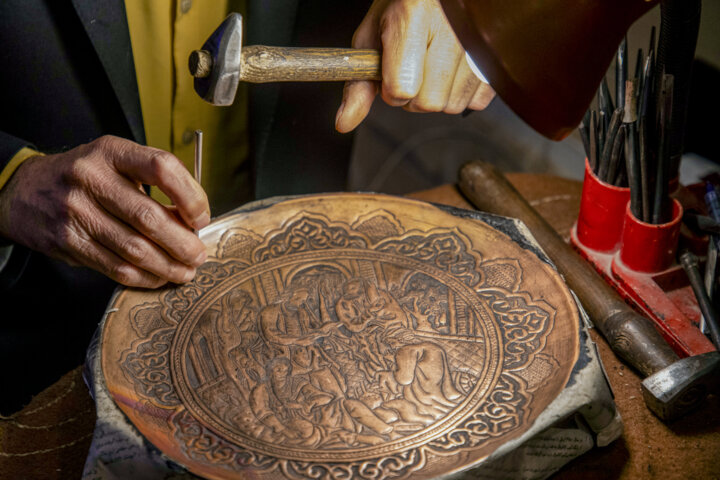
Isfahan: The Capital of Copper Craftsmanship
Isfahan, another major city in Iran, is perhaps the most famous city for its copper craftsmanship. Known for its vibrant art scene, Isfahan has been a center of metalworking and copper crafting for centuries. The city’s traditional copper items, such as pots, plates, vases, and decorative sculptures, are highly sought after by tourists and collectors alike. Visitors to Isfahan can explore workshops where skilled artisans produce handcrafted copperware, showcasing traditional techniques that have been refined over generations.
Yazd: A City of Handicrafts and Copperwork
Another important city for copper craftsmanship is Yazd. Known for its historical architecture and unique desert climate, Yazd also holds a special place in Iran’s copper industry. The city’s artisans produce a wide variety of copper products, including jewelry, utensils, and decorative pieces. Yazd is famous for its intricate copper designs, which reflect the region’s cultural influences and artistic traditions.
Tourists visiting Yazd can experience the process of copper crafting firsthand, with many local workshops offering demonstrations of how copper is transformed into intricate, finely detailed items.

Shiraz: Copper Crafting with a Cultural Twist
Shiraz, the cultural heart of Iran, is yet another city where copper craftsmanship thrives. While the city is most famous for its poetry, gardens, and historical monuments, its copperwork is equally noteworthy. The artisans of Shiraz create a range of copper products, many of which are inspired by the city’s rich history and vibrant culture.
Tourists can visit local copper workshops in Shiraz to see artisans at work, producing everything from traditional vases to finely crafted jewelry. These copper pieces often feature intricate Persian designs, such as floral patterns, which make them unique collectibles.
Key Copper Cities in Iran
Iran boasts several cities where copper mining and craftsmanship are integral to the local economy and culture. In addition to Isfahan, Yazd, and Shiraz, other cities such as Kerman, Tabriz, and Arak also play important roles in Iran’s copper industry.
Kerman: A Hub for Copper Mining
Kerman, located in southern Iran, is home to the Sarcheshmeh Mine, one of the largest copper mines in the world. The city’s proximity to this mine has made it a significant player in the copper industry. Kerman is also known for its copper handicrafts, with artisans producing a variety of copper items for both domestic and international markets.
Tabriz and Arak: Rising Stars in Copper Production
Tabriz, a historic city in the northwest, is home to copper industries that focus on both mining and crafting. Similarly, Arak, known for its industrial output, has seen significant growth in copper production. Both cities are becoming important destinations for tourists interested in learning about the copper industry and seeing the manufacturing process in action.
Copper’s Role in Iran’s Economy
The copper industry in Iran is a major contributor to the country’s economy, particularly in terms of exports and job creation. As one of the world’s largest copper producers, Iran benefits from its abundant copper resources, both in terms of mining and crafting. The country exports copper to markets across the globe, including Europe, Asia, and the Middle East.
Copper mining and production are also crucial for Iran’s industrial growth, with copper being used in a wide range of industries, including electronics, construction, and manufacturing. The Iranian government has invested heavily in expanding the copper sector, with projects aimed at increasing the country’s copper production capacity and refining capabilities.
Tourism and Copper in Iran
For tourists, Iran offers a unique opportunity to explore the fascinating world of copper. The country’s mines, copper workshops, and cities are ideal destinations for those interested in the history, culture, and craftsmanship of copper.
Tourists can visit key copper mines like Sarcheshmeh and Sungun, where guided tours provide insights into the copper extraction process. In cities like Isfahan and Yazd, visitors can watch artisans at work in traditional workshops, learning about the techniques and tools used to create beautiful copper items.
For those seeking a more immersive experience, copper-themed tours are available, where tourists can explore the history of copper mining and crafting while visiting Iran’s most famous copper cities. These tours provide a fascinating glimpse into the significance of copper in Iranian culture, making it a must-see for any traveler with an interest in traditional craftsmanship and industry.
Conclusion
Iran’s copper industry is not only a vital part of the country’s economy but also a testament to its rich cultural heritage. From ancient mining traditions to the intricacies of copper craftsmanship, the industry continues to shape the lives of millions of Iranians. For tourists, the opportunity to explore Iran’s copper mines and watch artisans craft beautiful copper items is an experience that cannot be missed.
Whether visiting Isfahan’s bustling copper workshops, exploring Yazd’s unique copper pieces, or learning about the mining processes in Kerman and East Azerbaijan, Iran’s copper industry offers a wealth of knowledge, artistry, and culture. So, if you’re looking to experience Iran in a way that few others do, a journey into the world of copper is an unforgettable adventure.







